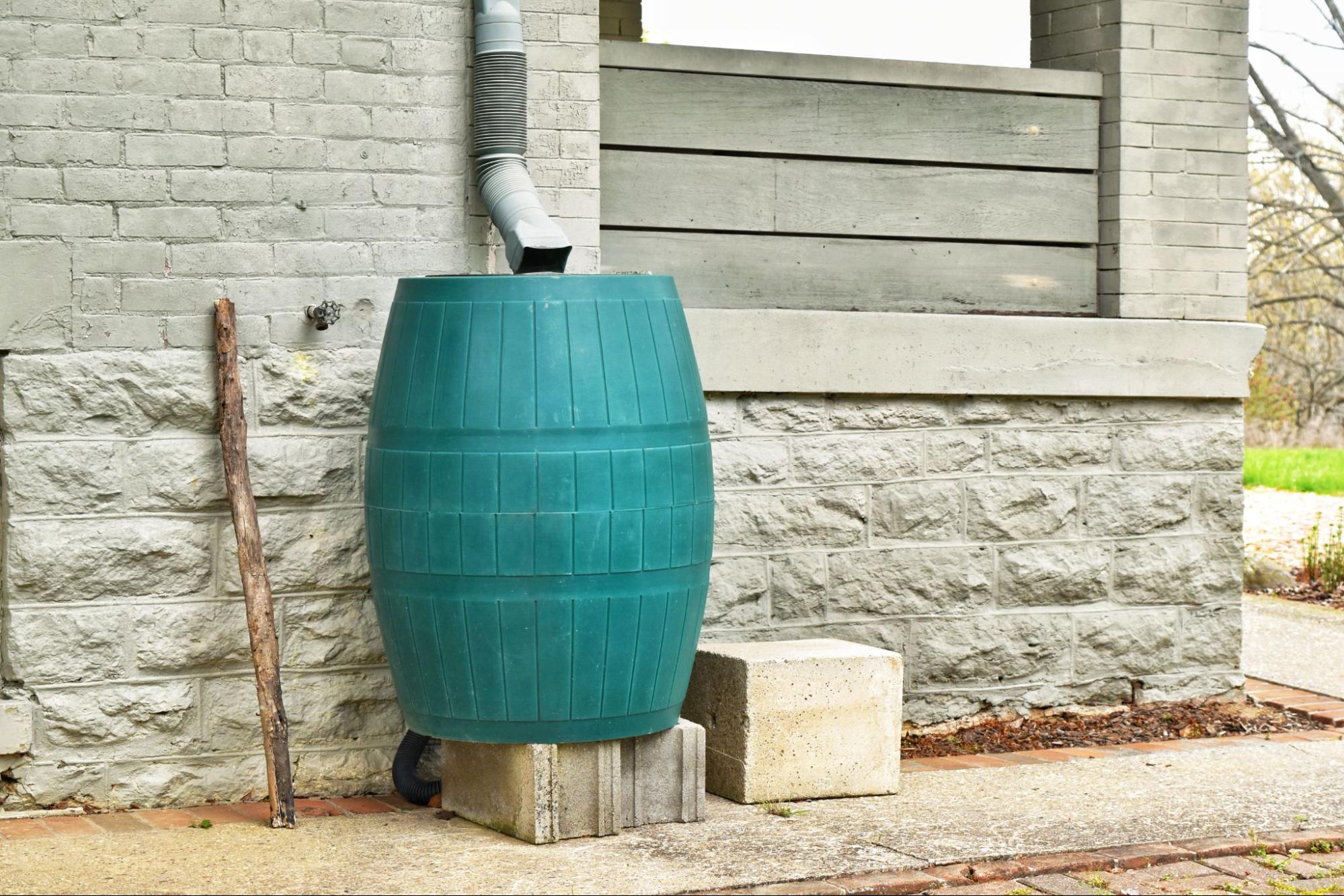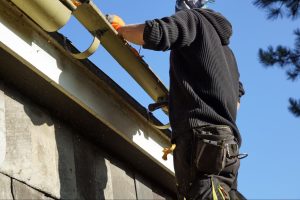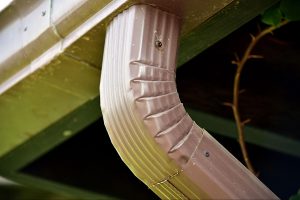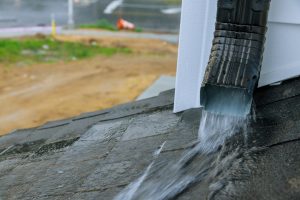Rain barrels are a simple way to turn stormwater into free irrigation, but small setup mistakes can lead to leaks, pests, and wasted effort. This guide spotlights the most common missteps—placement, screening, fittings, and maintenance—and how to avoid them, so you capture more water with fewer headaches all season long.
Roof Materials and Overlooking Local Rules for Rain Barrels
Before installing or expanding a setup, check local ordinances, HOA guidelines, and water agency recommendations; some areas restrict how you plumb overflows or where you can place barrels. Also, confirm your roofing is compatible: asphalt shingles are generally fine, but copper and zinc can leach metals you may not want in edible gardens. Knowing the rules up front prevents fines and misuse.
Poor Placement and Foundation of Rain Barrels
Where you put your barrels determines how useful and safe they are. A solid base and sensible positioning prevent damage and make daily watering easier.
Keep It Level and Elevated
A full 55-gallon barrel can weigh more than 450 pounds, so it requires a flat, compacted, and raised base (such as pavers or a small platform) to prevent tipping and to provide gravity head pressure for hoses. Elevation also keeps the spigot accessible.
Plan Where Excess Water Goes
Even with a generous capacity, downpours will overwhelm storage. Route overflow to a splash block, swale, or existing landscaping drain to keep water away from foundations and paths.
Access and Use
Place barrels close to the beds or containers you’ll water, and make sure you can wheel a cart or hose around them. Convenience drives consistent use and prevents you from abandoning the system mid-season.
Neglecting Your Rain Barrel’s First-Flush Diversion
The first few minutes of a storm wash pollen, dust, and bird droppings from the roof. Without a first-flush diverter—or at least a manual way to bypass that initial flow—you’ll pull more sediment into the barrel and clog screens faster. Diverting the dirtiest water improves quality and extends filter life.
Using the Wrong Screen or Forgetting A Rain Barrel Lid
Open tops and coarse screens invite pests and debris. Tight lids and fine mesh protect water quality and flow.
Mosquitoes
Always cover the inlet with fine mesh (about 1 mm or smaller) and keep a tight-fitting lid. Standing water is a mosquito magnet; screens and lids also prevent leaves and critters from entering.
Keep Debris Out
Gutter guards and a leaf strainer at the downspout save you from constant cleaning and protect the spigot from jams. Fewer solids in means fewer clogs later.
Add Safety Measures
A secured lid and strapped barrel prevent tipping and accidental access. If you’ve stacked barrels, anchor the rack to a wall or fence to prevent it from shifting.
Cross-Connecting Rain Barrels To Household Plumbing Without Backflow Protection
Never hard-tie a barrel into indoor plumbing or irrigation that’s connected to potable water unless you’re using a proper backflow preventer and are code-compliant. Without protection, negative pressure can siphon contaminated water back into your home’s lines. Keep rainwater on a separate loop feeding drip lines, soaker hoses, or hand-watering cans.
Weak or Leaky Rain Barrel Connections
Joints are the usual failure points in a DIY system. Build them right the first time to avoid drips, blowouts, and mid-season repairs.
Use Bulkhead Fittings
Bulkhead fittings with rubber gaskets and thread seal tape create reliable, serviceable joints. Hand-tighten, then give a cautious quarter-turn with a wrench—over-tightening can cause the plastic to crack.
Choose Flexible Connectors
When daisy-chaining storage, use short sections of reinforced hose or flexible couplings to prevent slight shifts from stressing rigid PVC. Position the link ports at the same height so barrels fill and empty evenly.
Maintain Spigots and O-Rings
Plastic spigots are convenient but can deform in heat; metal ball valves last longer. Replace worn O-rings yearly and keep a spare washer kit in your toolbox.
Letting Water Stagnate and Algae Grow in Rain Barrels
Opaque, UV-resistant barrels, shaded placement, and tight lids keep light out and slow algae. If the water sits for weeks, drain and refresh, swishing the interior with a long-handled brush. For routine cleaning, a mild vinegar rinse is a garden-friendly option; flush the barrel before refilling. If odors persist, inspect for trapped debris at the inlet or inside the spigot.
Forgetting Seasonal Rain Barrel Maintenance
Rain systems are seasonal in many climates, and a little prep goes a long way. Use the calendar to winterize, restart, and tune during droughts.
Before The First Freeze
In cold climates, drain barrels, open valves, and disconnect downspouts to prevent ice from expanding and splitting the plastic. Store hoses and filters indoors and tip barrels slightly so rain can’t collect.
Spring Restart
Rinse the barrel, clear the screens, and re-seat the gaskets you loosened for winter. Re-level the base and check that overflow pipes still discharge safely.
During Long Dry Spells
If your roof is dusty and storms are rare, close the diverter so you don’t collect one grimy sprinkle. After a substantial rain, reopen and capture a cleaner flow.
Ignoring Rain Barrel Filtration For Your End Use
Match treatment to the job. For drip irrigation, a simple 100-200 micron inline filter protects emitters; for washing tools or patios, sediment filtration keeps grit out of sprayers. Rainwater from a typical roof is non-potable—don’t drink it or plumb it to fixtures used for cooking or bathing. If you’re watering edibles, apply it to the soil, not the leaves.
Underestimating Rain Barrel Capacity and Demand
It’s easy to overrate how much you’ll collect and underrate how much you’ll use. A half-inch storm over a 1,000-square-foot roof yields roughly 300 gallons, but a few deep waterings of a medium garden can consume that quickly in summer. Track how quickly your barrels drain; if you’re constantly empty, consider adding storage, switching to soaker hoses, or reserving rainwater for high-value beds.
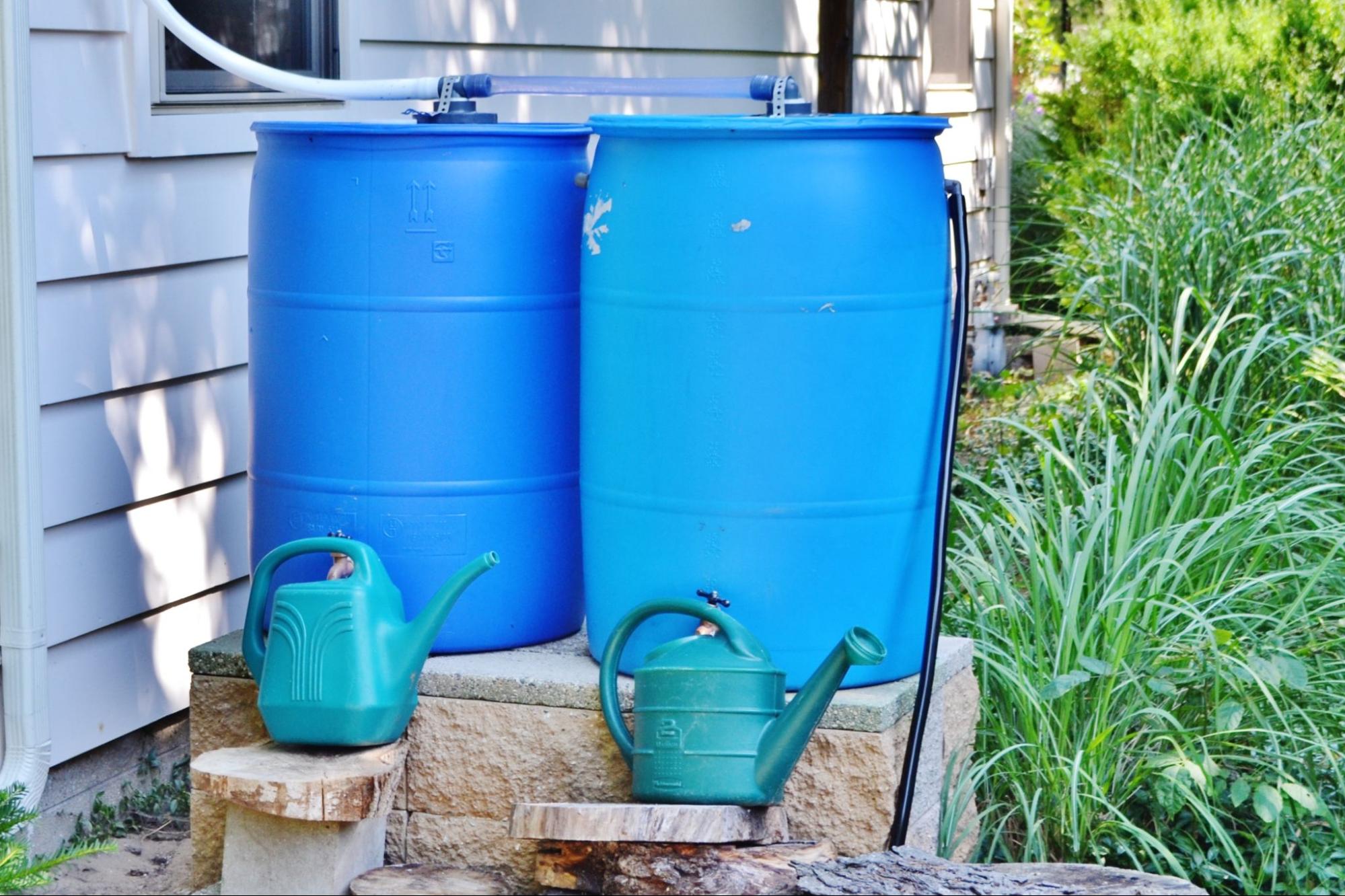
Skipping Routine Rain Barrel Inspections
Quick checkups prevent minor issues from becoming soggy disasters. Put a recurring reminder on your phone and make a loop after storms.
After Big Storms
Walk the line: check gutters, downspout screens, the inlet mesh, and the base for any signs of shifting. Make sure overflow paths are clear and not carving channels through mulch.
Monthly Check-ins
Look for slow leaks, tighten any loose straps, and remove any biofilm from the waterline. Spin the spigot to ensure it still closes fully.
Annual Deep Clean
Drain thoroughly, remove fittings, and scrub the interior. Use the opportunity to replace worn washers and reseal any suspect threads.
Thinking Only About the Rain Barrel, Not the Landscape
Rain barrels work best when paired with soil that can accept and hold water. Use swales or rain gardens to capture overflow for slow release and add compost and mulch to improve infiltration. Integrating storage with healthy soil reduces runoff and turns every storm into an asset, rather than a cleanup.
A Quick Checklist to Keep Rain Barrels Performing
When you’re short on time, lean on a simple checklist to keep everything running. Review these essentials before and after big rains to stay ahead of problems.
Site and Safety
Level base, anchored rack, secured lid, and protected overflow that won’t undermine foundations or paths.
Water Quality
Mesh screens, first-flush diversion, opaque barrels in shade, routine rinses to prevent odors and algae.
Hardware Health
Tight bulkhead fittings, durable valves, flexible interconnects, clean filters, and spare gaskets on hand.
A Hassle-Free Rain Barrel System
When you avoid these pitfalls, rain barrels become a low-maintenance, high-impact tool for reducing water bills and enhancing your landscape’s resilience against droughts. Build in safety and overflow early, and let real-world use guide upgrades. The payoff is a system that’s simple to run, easy to maintain, and ready to capture the next storm without creating new headaches.
Check out our Quality Rain Gutters Inc. blog to learn more about barrels and other drainage solutions.
